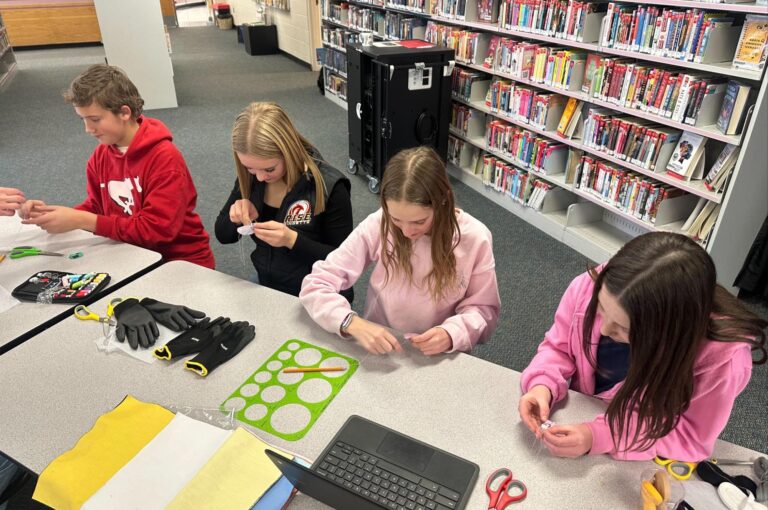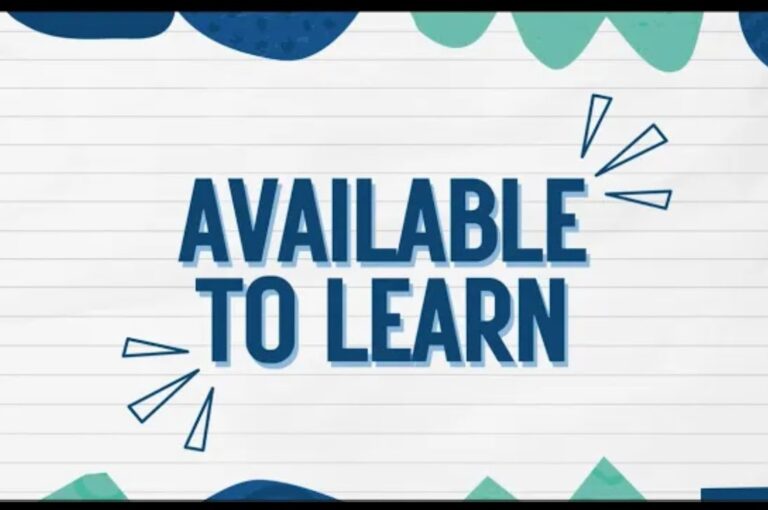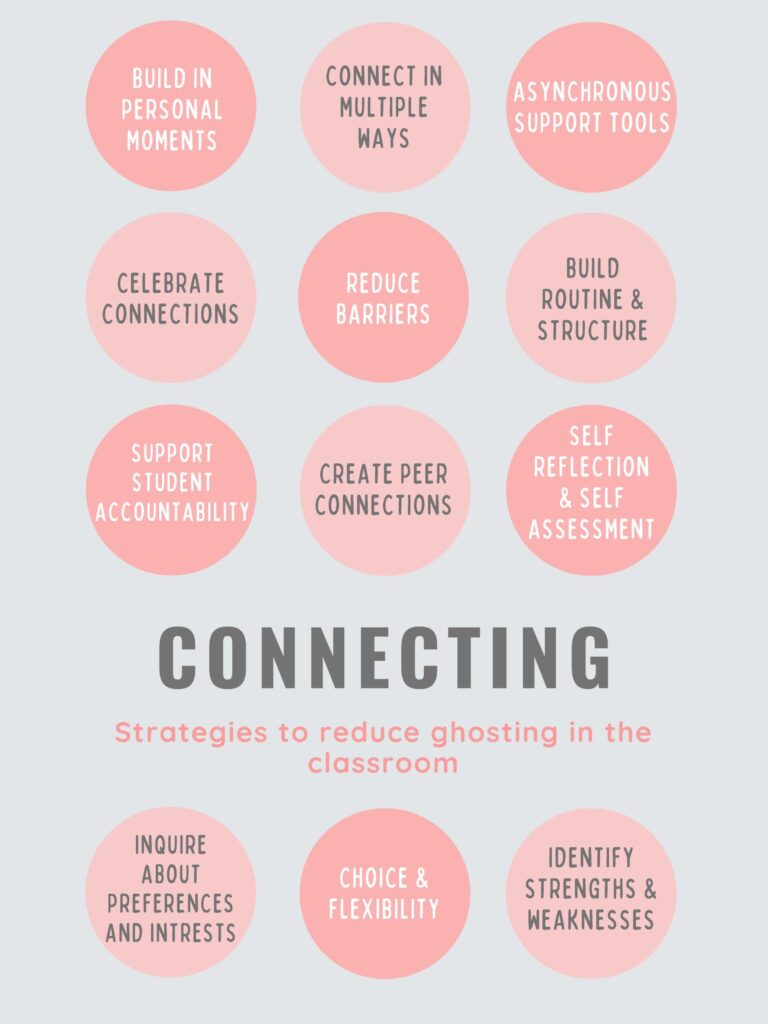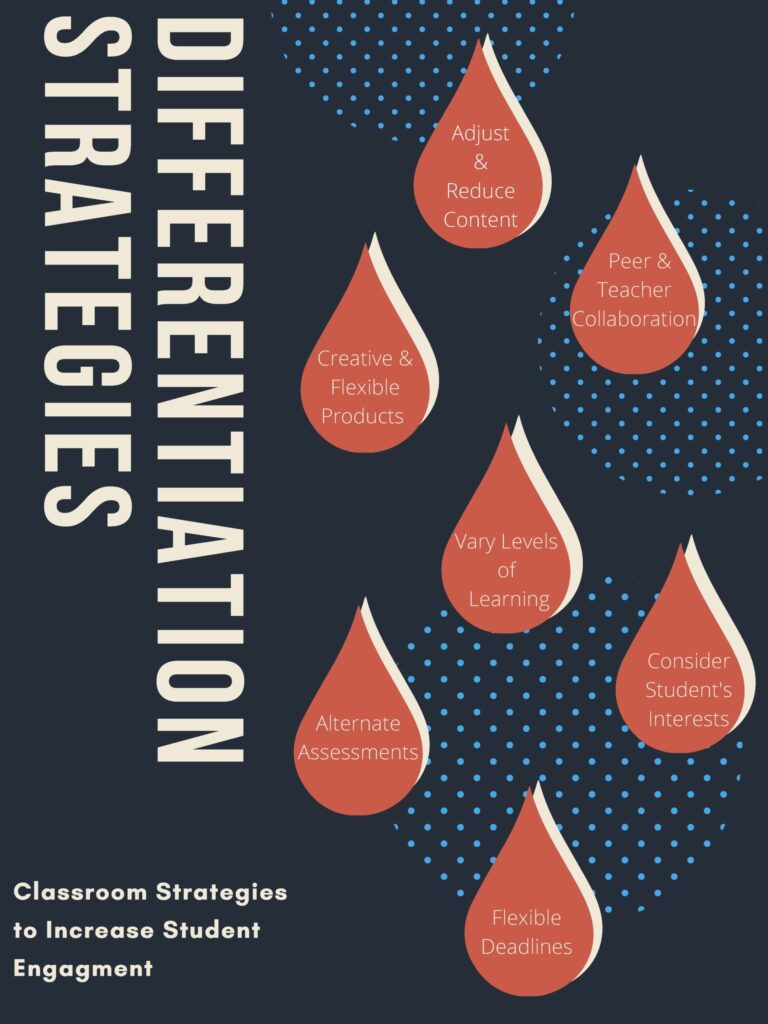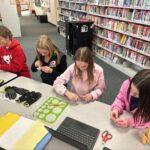Student engagement has become a pivotal issue for educators over the past year, with many students learning in a mix of online, hybrid, and in-person classes. While most students have had success, there are students who have fallen away and are no longer connected to a learning environment.
Ghosting: is a term used during the COVID 19 school year to refer to a student’s lack of attendance or engagement in online learning. (Jones, 2021)

Students may disengage for a variety of reasons including, lack of interest in the material, difficulty level, lack of connection, are tired or overwhelmed. (Pennington, 2020).
Connecting with students in an online environment is critical to ensure engagement and attendance. Strategies that Teachers can use to connect with students include (The Alberta Assessment Consortium, 2021):
- Make an Effort to Build in Personal moments- Start with vulnerable students and create opportunities for one-to-one or small group conferences.
- Offer multiple ways for students to contact you- Opening lines of communication (email, phone calls, google hangouts, etc)
- Make Asynchronous support tools available- Create a google form and ask questions on how they would like to be contacted and what their strengths/weaknesses are.
- Once a student reaches out, celebrate it- Prioritize empathy & grace with students
- Reduce barriers- SUPPORT students (repeating instructions, 2nd chances, differentiation etc)
- Build in Routines/structures- Students may lack structure/support at home currently- try to make your “classroom” a place that is predictable
- Hold Students Accountable- remind students of their responsibilities (attendance, participation, work completion)
- Remind them of Peer-connections- Emphasis the logging on gives them a chance to see their friends
- Self-Reflection & Self-Assessment- Provides students with control and a voice
- Student Inventories- Inquire about preferences and interests
Differentiating in an online environment is key when trying to connect with students, encourage attendance and course completion. Some ways to differentiate include:
- CONTENT: Reduce and adjust the content
- Adjust the speed of delivery
- Fewer outcomes and more in-depth focus
- PROCESS: Greater interaction with teacher and peers and more time to complete tasks
- PRODUCTS: options of how to express their learning or even create their own assignments
- READINESS: provide learning choices at different levels using choice boards, manipulatives, teacher coaching, and independent experts
- INTERESTS: provide broad access to a range of topics, technology and choice of tasks
- LEARNING PROFILES: foster a learning environment that embraces choice and options for students as to how they engage in the course work, access information and provides scaffolding to remove learning barriers for students.
One way to provide flexible options for students to show their understanding is Choice Boards. Paige Wytinck, a Learning at Home teacher with Golden Hills School Division, has been using choice boards this year in her online Grade 4 classroom. She discussed the importance of giving students the opportunity to access learning and show their understanding in a variety of ways.
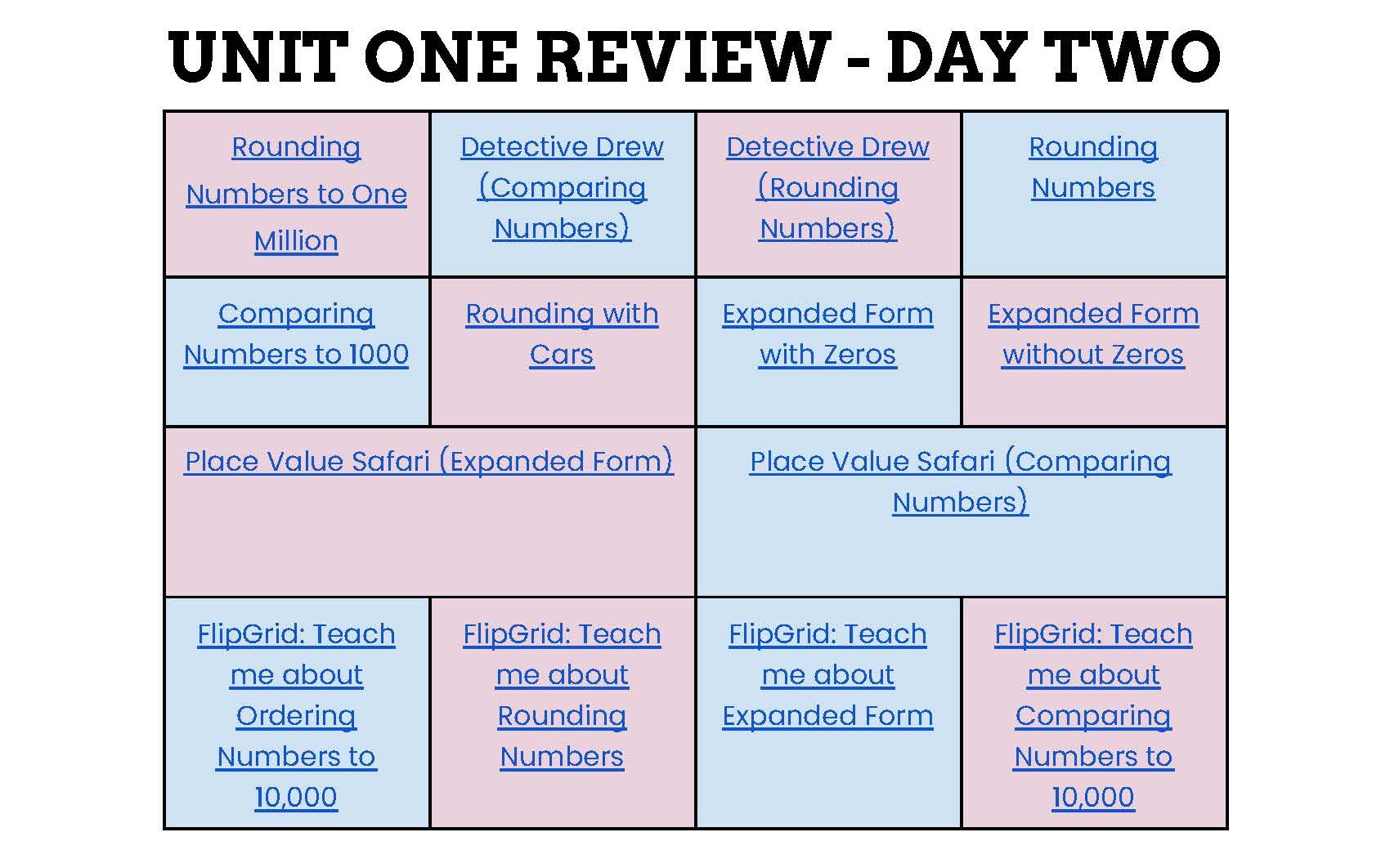
Resources:
Math Choice Boards – Shared on Twitter Jordan Rappaport @JRappaport27
References:
Ghosting_Engaging Students Through Assessment, Jones, J, Alberta Assessment Consortium, 2021
Pennington, Alicia. “Preventing Students from Ghosting Your Class.” Faculty Focus, Magna Publications, 30 October 2020, https://www.facultyfocus.com/articles/effective-classroom-management/preventing-students-from-ghosting-your-class/. Accessed 1 April 2021.

